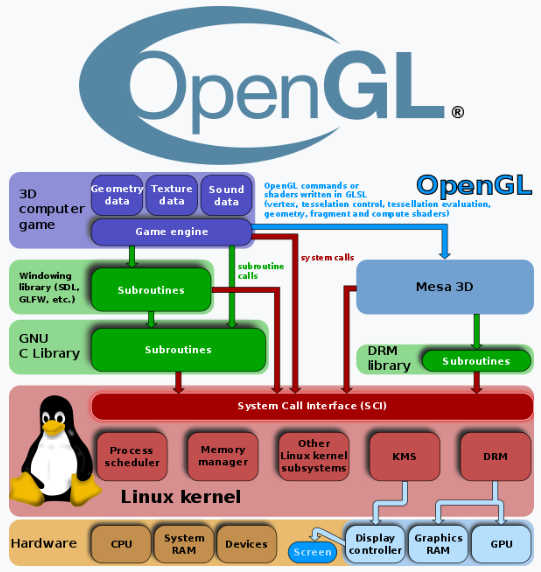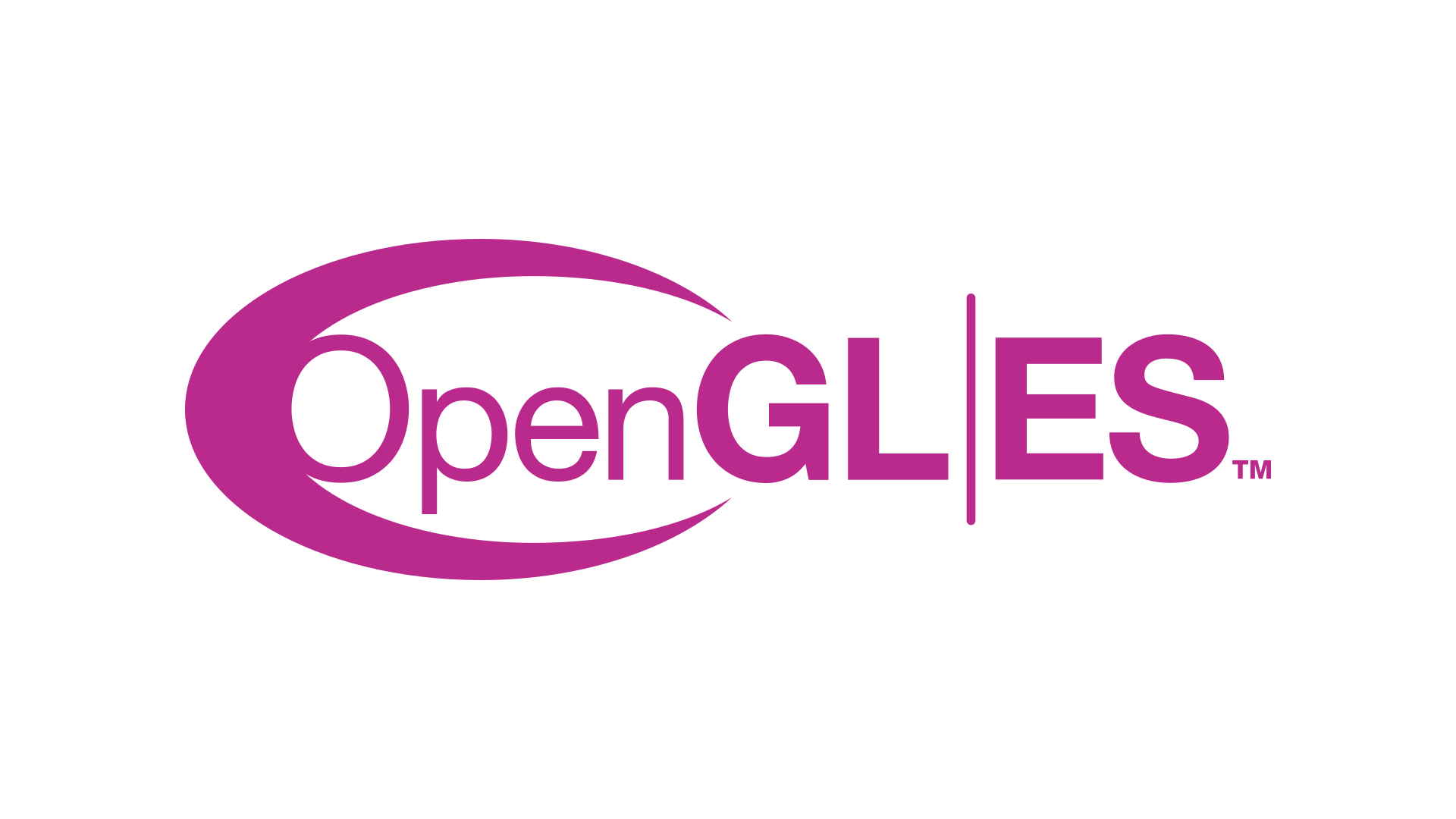
Unity doesn’t include OpenGL ES 2.0 in its built-in set of graphics APIs for Android by default. For information on how to add support for OpenGL ES 2.0, see OpenGL ES 2.0. New Unity Projects don’t support OpenGL ES 2.0 by default.This section contains information about the graphics APIs Unity supports for Android. Graphics API supportĪndroid devices support Vulkan and OpenGL ES. For more information, see AndroidSdkVersions. Unity supports Android 5.1 “Lollipop” (API level 22) and above. initializeRGBA16FTextures in kis_opengl_image_textures.This page contains system requirements and compatibility information for Android development in Unity.they are needed for enabling HDR (Angle).GL_ARB_sync for OpenGL, GL_APPLE_sync for GLES 2.0.using this extension in GLES3 will result in a shader build error.
 detecting this extension w/GLES DLodEXT with a define - see my cleanup branch.
detecting this extension w/GLES DLodEXT with a define - see my cleanup branch.  DO NOT USE GL_EXT_framebuffer_object, that's fixed function. used currently for rendering cursor with image overlay fx.
DO NOT USE GL_EXT_framebuffer_object, that's fixed function. used currently for rendering cursor with image overlay fx.  Looks like they're used to draw the pixel grid. Core since OpenGL 3.0 (3.2 w/programmable pipeline). Though I'm not sure where we tell it what version we want. Well, it gives me 3.0 all the time on my laptop. Linux requires 3.0+Compatibility but will give you 4.x happily We have all infrastructure for that (see KisOpenGLModeProber) We can just request all the versions from highest to lowest until the driver satisfies our request. With such granularity, we don't really care, what is the profile version returned by the system. That is, we can add KisOpenGL::supportsSync(), which check all these numbers extensions. this feature is optional Krita can work without it, though there will be some delay when painting with small brushes. It leads to problems like, our canvas cannot use FBO on Linux, because it returns openGL 3.0, while FBO is technically supported. Right now we basically have only two checks, hasOpenG元() and isOpenGLES().
Looks like they're used to draw the pixel grid. Core since OpenGL 3.0 (3.2 w/programmable pipeline). Though I'm not sure where we tell it what version we want. Well, it gives me 3.0 all the time on my laptop. Linux requires 3.0+Compatibility but will give you 4.x happily We have all infrastructure for that (see KisOpenGLModeProber) We can just request all the versions from highest to lowest until the driver satisfies our request. With such granularity, we don't really care, what is the profile version returned by the system. That is, we can add KisOpenGL::supportsSync(), which check all these numbers extensions. this feature is optional Krita can work without it, though there will be some delay when painting with small brushes. It leads to problems like, our canvas cannot use FBO on Linux, because it returns openGL 3.0, while FBO is technically supported. Right now we basically have only two checks, hasOpenG元() and isOpenGLES(). 
When we have such a list/table, we can increase granularity of our feature-recognition code a lot.
what version of openGL ES this feature became core profile? what extension is needed for lower versions of openGL ES?. what version of openGL this feature became core profile? what extension is needed for lower versions of openGL?. And for each feature write down the following information: It we want to make a proper audit, we need to make a list of OpenGL features we use. We will always have some users with rather old hardware (it happened when we tried to drop openGL 2 support, but then recovered it back). It is quite difficult to discuss "what version of OpenGL we should set as a minimum requirement". Hi, guess that we should take a bit different approach to the audit.








 0 kommentar(er)
0 kommentar(er)
